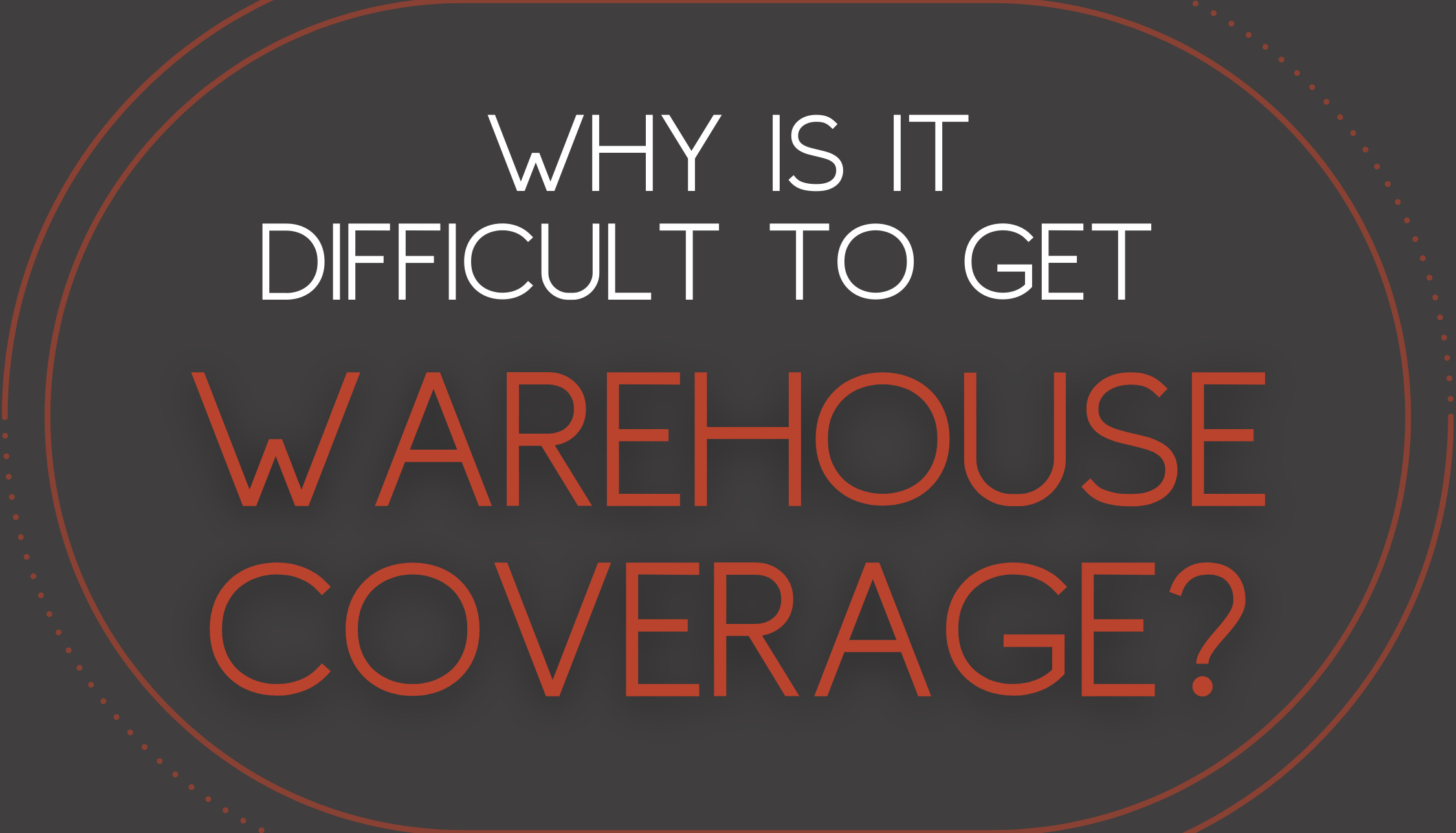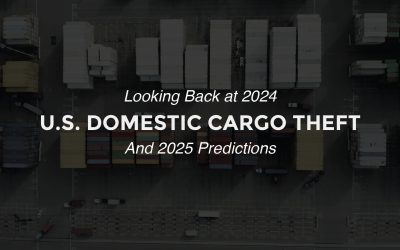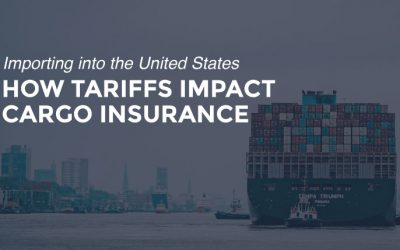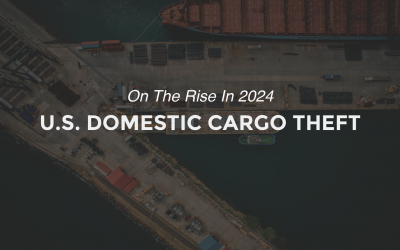Warehouse cargo insurance coverage has become more challenging to secure as more businesses seek this type of cargo insurance in the hardening market.
The Hardening Insurance Market
Warehouse coverage becomes complex when it comes to securing a policy in a hardening insurance market. A hard market is an upswing in a market cycle, in which premiums increase and the capacity for many types of insurance decreases. This can be caused by a falling return on investment for insurers, an increase in frequency and severity of losses, regulatory intervention against insurers’ interests, and other causes.
When faced with a hard market, insurance companies will re-evaluate their business, risks, and how much capacity they have available in the marketplace. As a result, insurance rates increase, insurers limit what they are willing to provide to the insured, and the amount of parties in the market restricts.
More and more businesses seek warehouse coverage in a hardening market, so there is an overall increase in premium and a firm limit to the amount of coverage available. This makes it difficult for shippers to find warehouse coverage options, which means insurers that are offering coverage can push up their rates.
Assessment of Risk for Warehouse Coverage
Many risk assessment factors go into the decision for an insurer to quote a shipper for warehouse cargo insurance coverage and how much to charge. Some common examples include:
- Term of storage: Insurers don’t want shippers to store their goods in a warehouse for too long. Insurers want goods to keep moving because the longer goods sit, the more likely it is for a loss to occur.
- Fire Protection: If there are automatic protections such as sprinklers or monitored alarms in the facility, there is a lower risk of a total loss. Warehouse fires are becoming more and more of a concern for insurers after many wildfire losses in recent years, so proactive protections are essential for obtaining optimal pricing.
- 24/7 monitoring: If there is always someone monitoring the storage facility, this decreases the overall risk of theft and damage. Monitoring also reduces the magnitude of losses as appropriate authorities are contacted quickly. Insurers are more likely to insure goods at warehouses that have taken such security measures and often will not insure a large warehouse value unless 24/7 monitoring is in place.
- Items being stored: If the items being stored are easily damaged, the product is riskier to insure. Flammable goods, high theft targets, or perishable goods are also considered more likely to lead to a loss. If goods fit those descriptions, insurers will want to know more about the facility’s maintenance and security arrangements.
- Values stored: Insurers want to strike a balance of insured transits with the amount of storage at a given time. The primary focus of marine cargo insurance is transits, and too much storage in proportion to transits leads to an unbalanced policy.
- CAT area: If a warehouse is in an area that is prone to inclement weather conditions, the cargo in this warehouse will be risky to insure against catastrophic risks.
Catastrophic Perils (CAT) Prone Areas
Warehoused goods in areas that are likely to experience catastrophic losses due to environmental factors are less likely to be a good option for insurers to provide coverage for. Some examples of CAT prone areas include along the San Andreas fault line and the Southeast Coast. The risk of a natural disaster is something that insurers avoid, especially when capacity is low. Insurers would rather insure in an area with low environmental risk.
Some common types of catastrophic perils are:
- Earthquake: Since earthquakes come with no warning, insurers are worried about falling or crushing damage to goods. Earthquakes can also lead to tidal surges, which can cause flood damage.
- Wildfire: Wildfires generally come with some warning. However, it is challenging to prevent a loss in the event of a wildfire sweeping through the area and can easily become a total loss.
- Named windstorm & flood: As a rough guideline, if a warehouse is within 150 miles of a coastline, it will likely be exposed to hurricanes and tropical storms, as well as storm surges. The closer a warehouse is to the coast or other body of water, the more likely it is to flood in the event of a storm. However, shippers will have an opportunity to move or raise goods in advance of this type of peril since there is usually a warning before it occurs.
If you are interested in learning more about warehouse cargo insurance coverage from TRG, contact us today.







